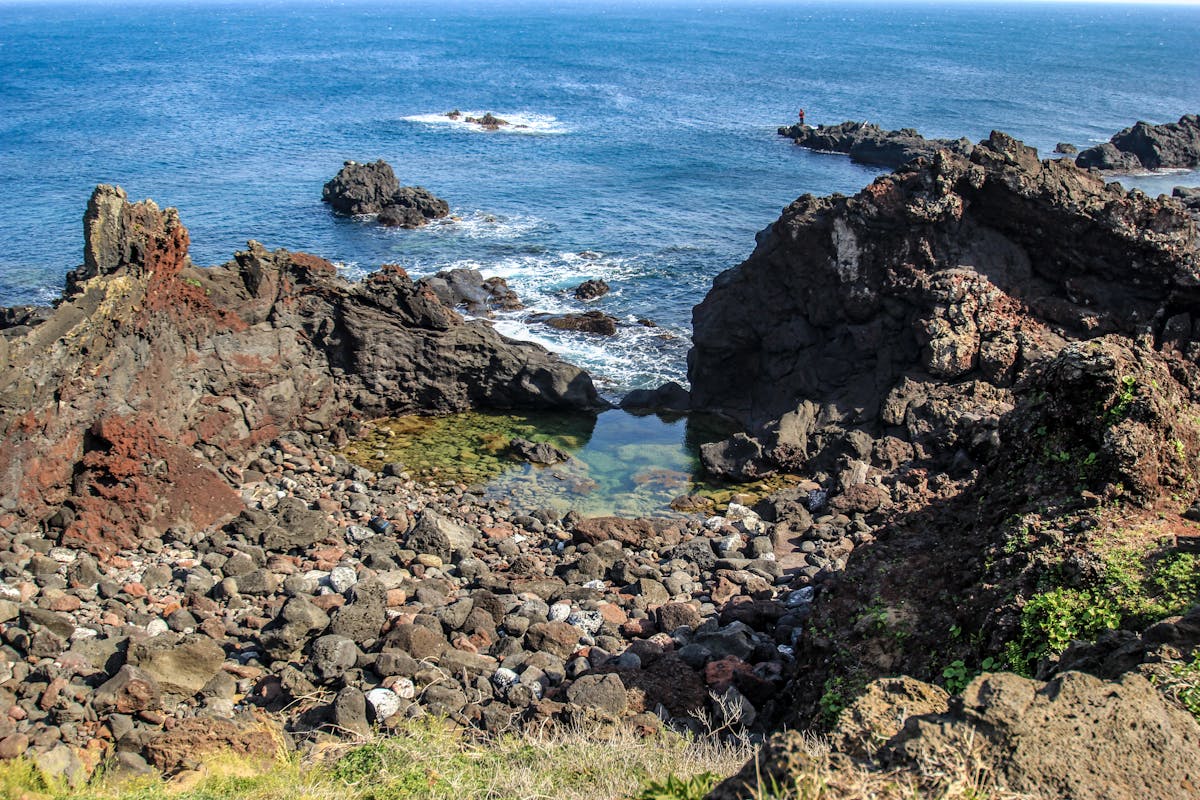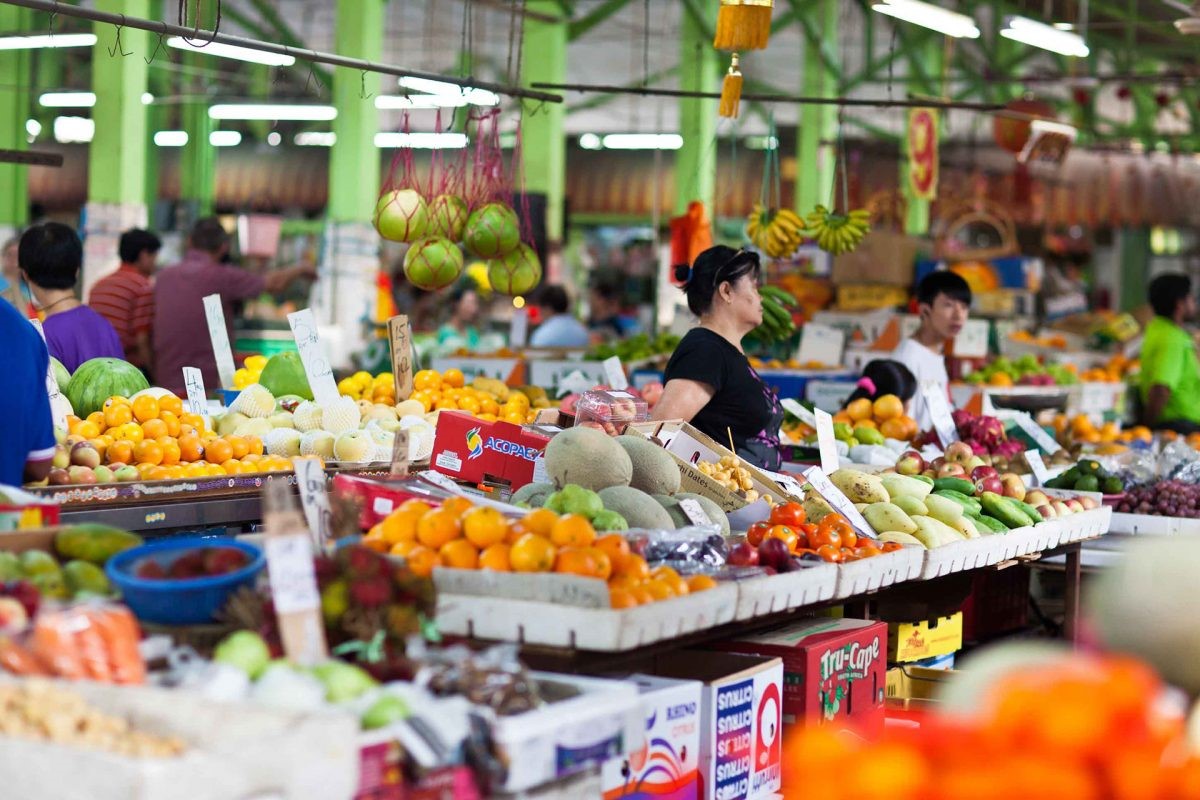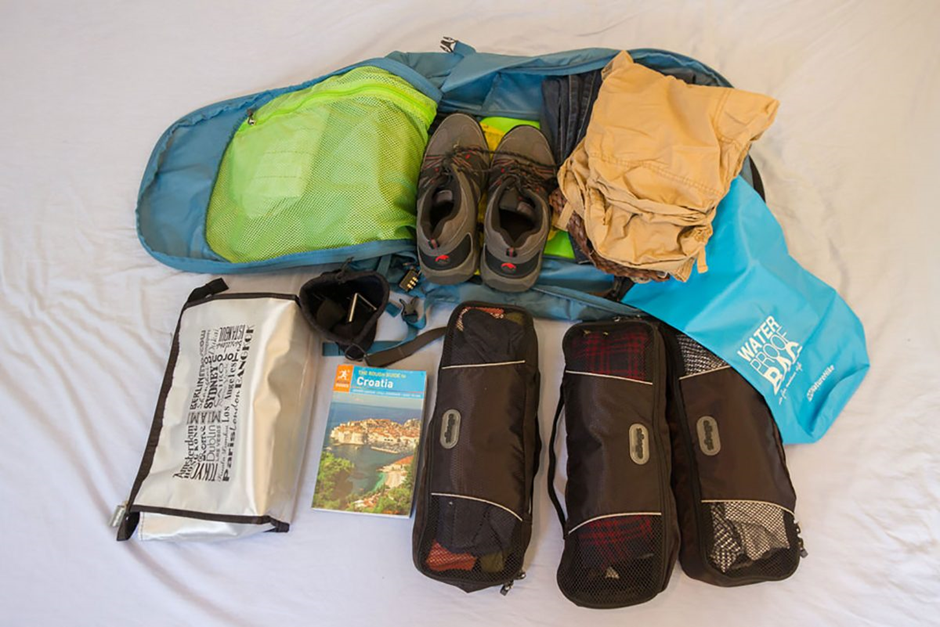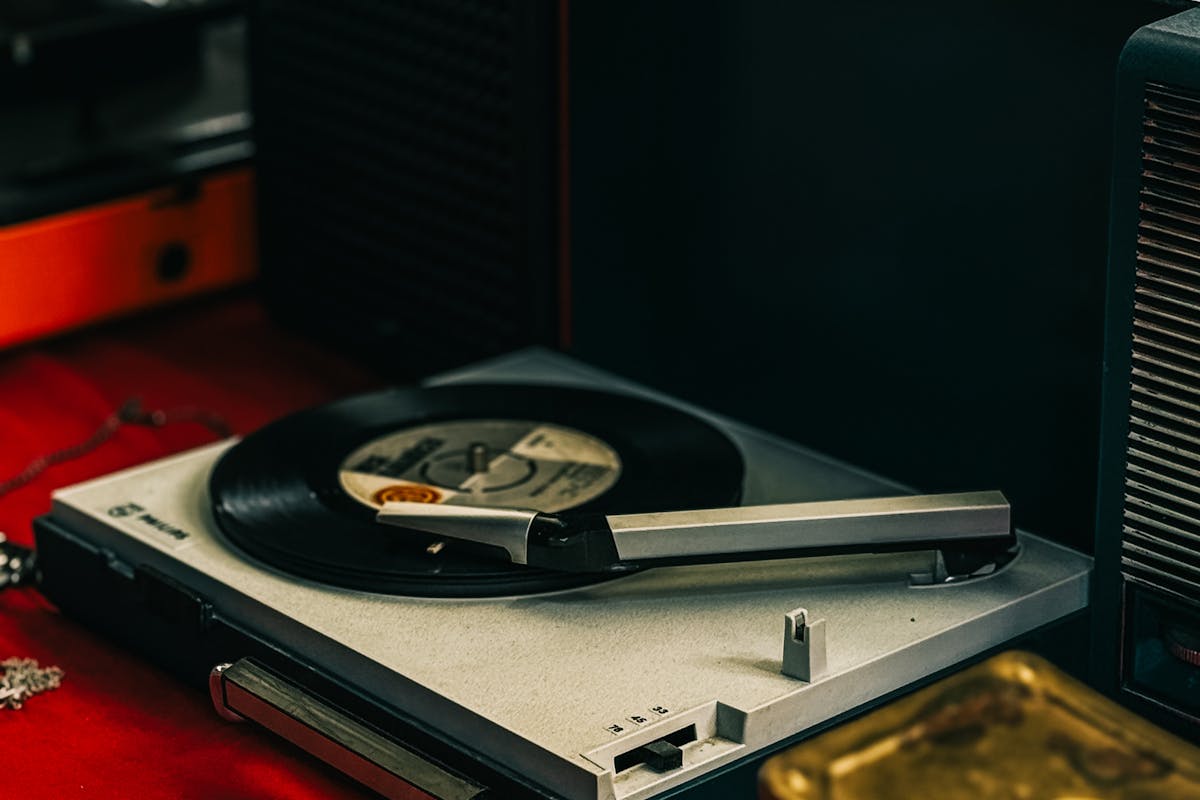Watched: The Last of The Sea Women (2024) An Apple Original Film – a tribute to the female forces who have known sealife since their teens, a small window into the lives of the younger generation of haenyeos
Every year, the World Environment Day falls on 5 June, while 8 June is the day dedicated to the world’s oceans, which sustain life. So, there’s never a better time than now to highlight the plight of the haenyeo women, a community who dives using their breath, all in pursuit of seafood – to be able to make ends meet. Did you know that in the past, males were the ones who performed this underwater vocation? Well, guess what? Even the most masculine of men found it too much for them, mentally and physically. So, now that you are aware of this fact, you’ll want to salute these female women warriors, who dive in for long hours underwater, using their breath. When starting out young and when physically healthy, it is likely still a feasible idea. However, once you reach a certain age, the challenges grow. In fact, alongside the age factor, there are also other factors at play, including the environment and climate change – which will clearly affect the quality and quantity of your catch.
As a tourist on Jeju Island back before the world was jolted by COVID-19, I had the privilege of catching the Women Divers’ performance. I now am starting to wonder whether the community of women are still able to sing about their hard work and what they go through on a day-to-day.
Despite the challenges and circumstances these women face, they acknowledge that the sea and ocean give them life and these two also determine their quality of life, even if they’re earning from getting the best catch of the day – every single dive. These women after all have been part of the community since their teens.
These women are not ones to shy away from the truth – that fishing associations only contribute assistance once a death of a haenyeo is declared, which is futile.
There is a slight ray of hope – schools for the haenyeo train potential younger haenyeos on the proper attire, breathing techniques, and seafood harvesting. This is a crucial step to slow the haenyeo culture from going extinct.
Even if the pace of the documentary can feel like a drag at certain points, the script is descriptive and powerful because it shows the irony and contrasts of life that these female warriors face, given how hard they toil at sea.
Somewhere in the script row boats are also mentioned, while it’s to signify how much technology has changed (as they no longer use row boats today), it is a metaphor for life. Cue row, row, row your boat, gently down the stream.
Through the documentary, you are shown a smaller island, besides Jeju, where there are younger haenyeos. Needless to say, these younger haenyeos harness the power of social media to the maximum to showcase to their followers/subscribers that they do indeed do all the hard work – it’s just that now, they have the power to generate content and show what is it they actually do – to mainly the younger generation, who may or may not have a clue on what a haenyeo’s life entails.
I did wish that scene on the UN came on a little bit earlier because by the time that part came on, I thought I had missed that part – where one of the haenyeos flew all the way from South Korea to Switzerland to voice out her concerns about contaminated water, as a result of Japan’s nuclear plans and movements.
The Jeju Haenyeo festival is possibly the best and perhaps one of the last few aspects that can be thought of by the relevant parties to celebrate these icons. However, there is not much discussion on the future.
The 87-minute film was screened at the Toronto International Film Festival (TIFF), where it bagged the NETPAC Prize for being the best film in the Asia-Pacific region. The prize was first presented in 2012, has become an annual affair, and stands for the Network for Promotion of Asian Cinema.









Showing 0 comments